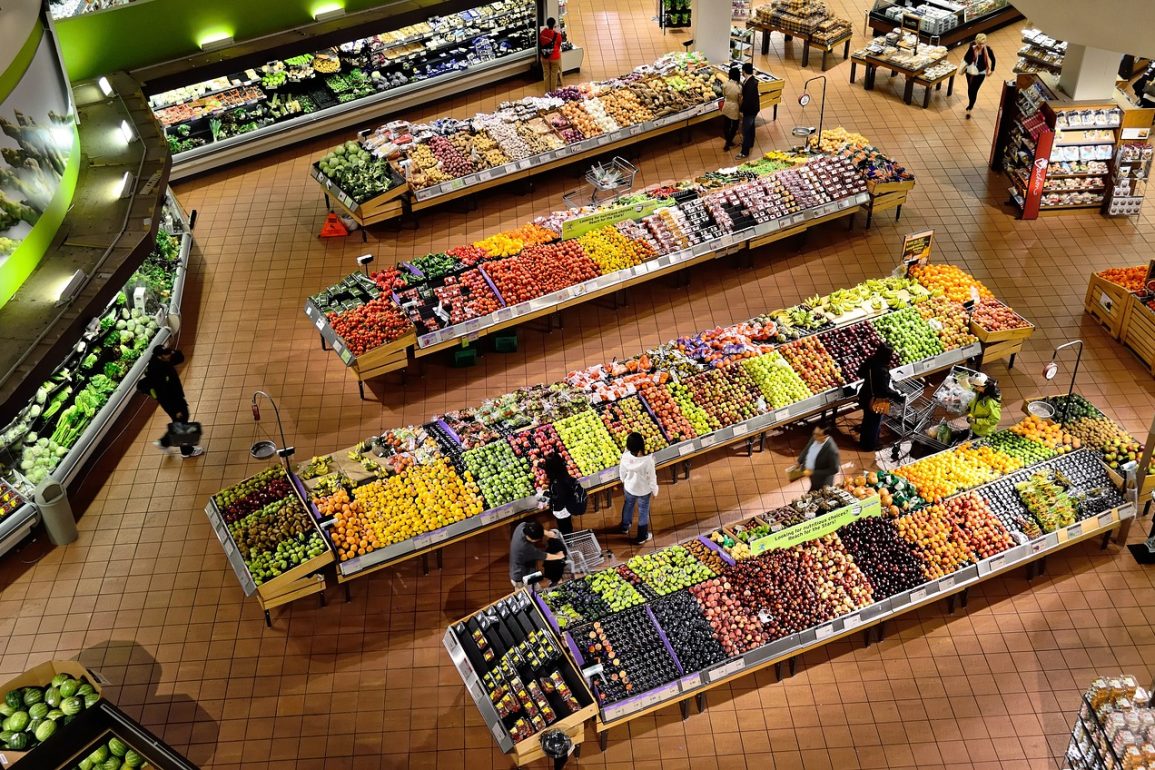Retailers are bracing for a challenging year ahead as they grapple with weak consumer demand and rising costs, including an increased minimum wage.
According to forecasts from the Retail Think Tank, a panel of industry experts, consumer spending is expected to remain subdued in early 2024 due to escalating mortgage and rental costs impacting confidence.
Paul Martin, KPMG’s UK head of retail, warns that conditions may worsen before improving.
Retailers, especially those online or in the struggling fashion sector, will face financial strain with the April wage hike and a 6.7% increase in business rates. This environment may lead to more consolidation through mergers and acquisitions.

The run-up to Christmas has been lackluster, with shoppers cutting back on purchases amidst rising household bills.
Clothing sales have particularly suffered due to mild weather, and high-ticket items like furniture and electronics have seen decreased interest. October retail sales dropped 2.7% year-on-year, with even supermarkets showing minimal growth.
Although there may be a late surge in sales as families capitalize on the full week before Christmas, including the extended shopping weekend, significant decisions for non-food items like clothing will likely have already been made. As a result, Paul Martin anticipates only stagnation at best.
Nick Bubb, an independent retail analyst, notes a weak performance in the final quarter of 2023, with consumers tightening their belts and heavy discounting expected to continue into 2024.
While some consumers might see a boost from wage growth outpacing inflation and cuts in national insurance and fuel costs, overall spending is likely to remain cautious.
Charles Burton from Oxford Economics adds that despite potential interest rate cuts mid-year, the UK economy is expected to struggle, with slow growth in household spending and retail sales.
Health and beauty sectors might see growth due to the “lipstick effect,” but luxury and big-ticket categories will likely face ongoing downturns. Regions like the Midlands, Scotland, and the northeast are predicted to suffer the most due to job losses in the industrial sector.

